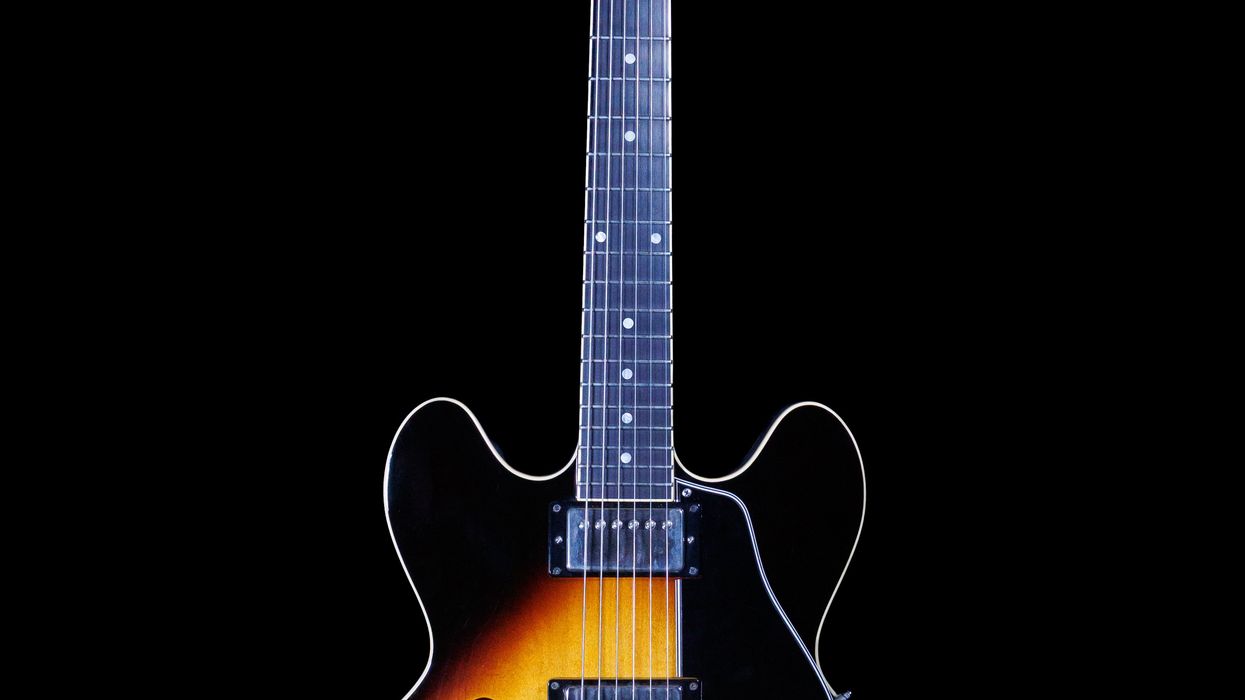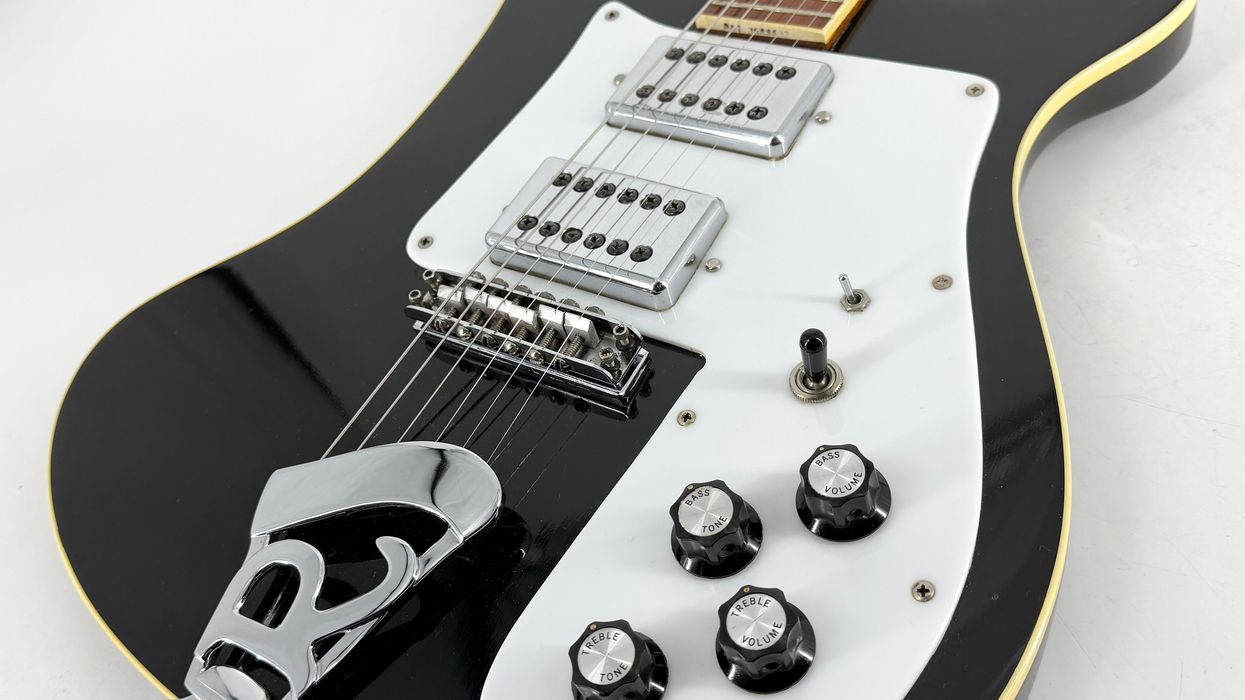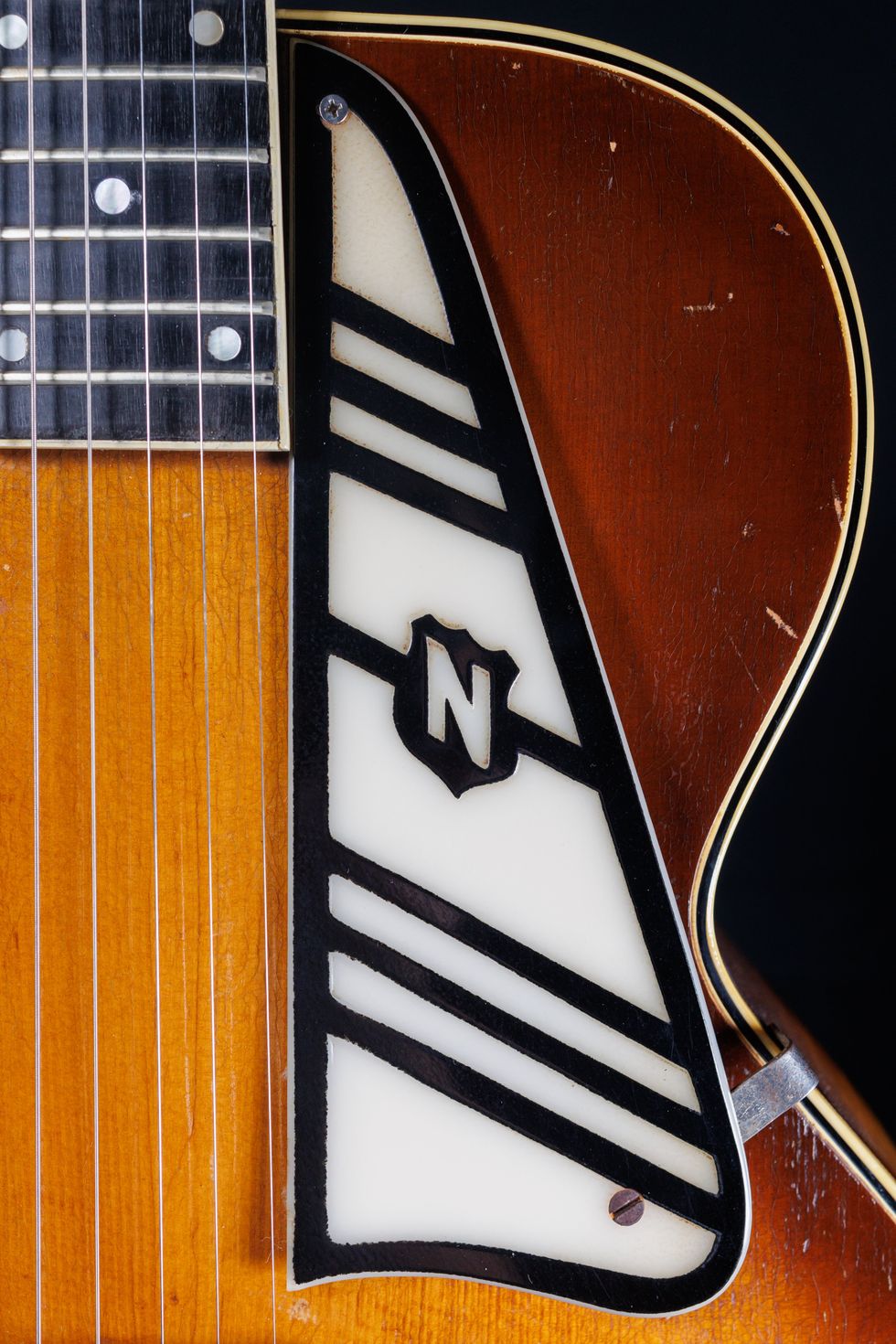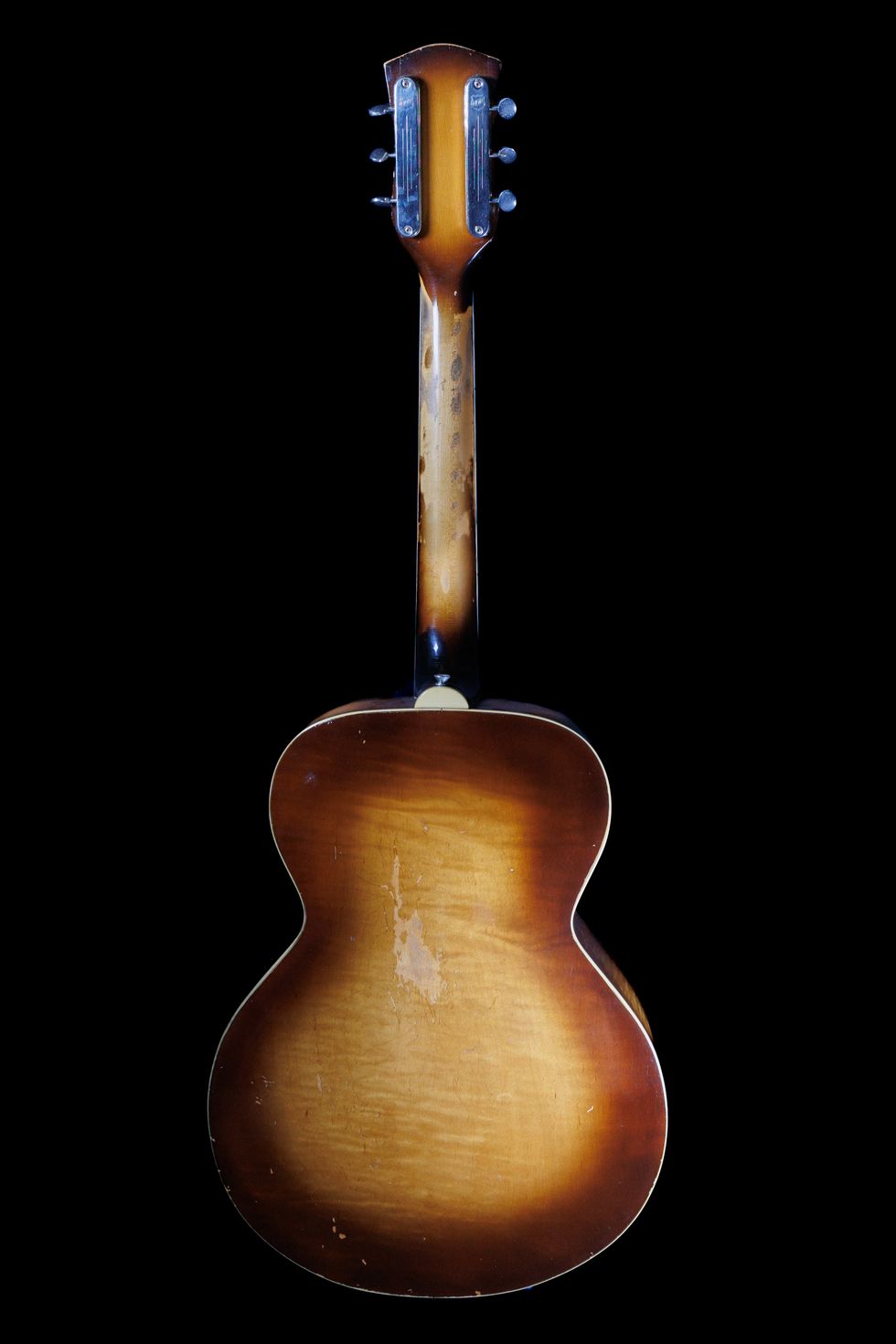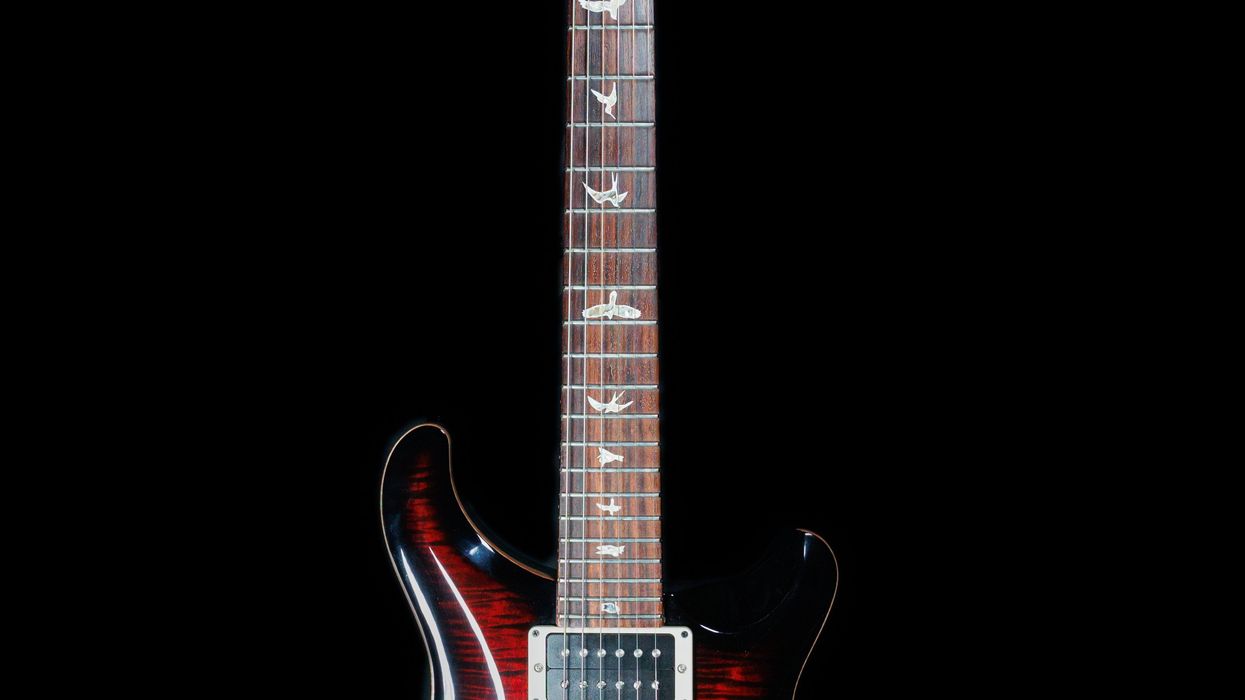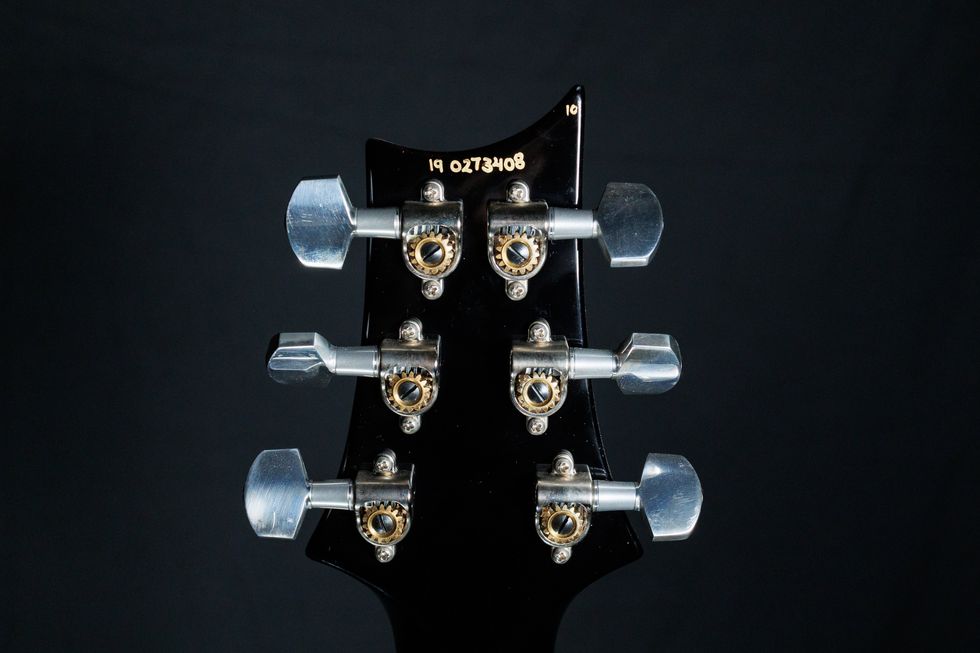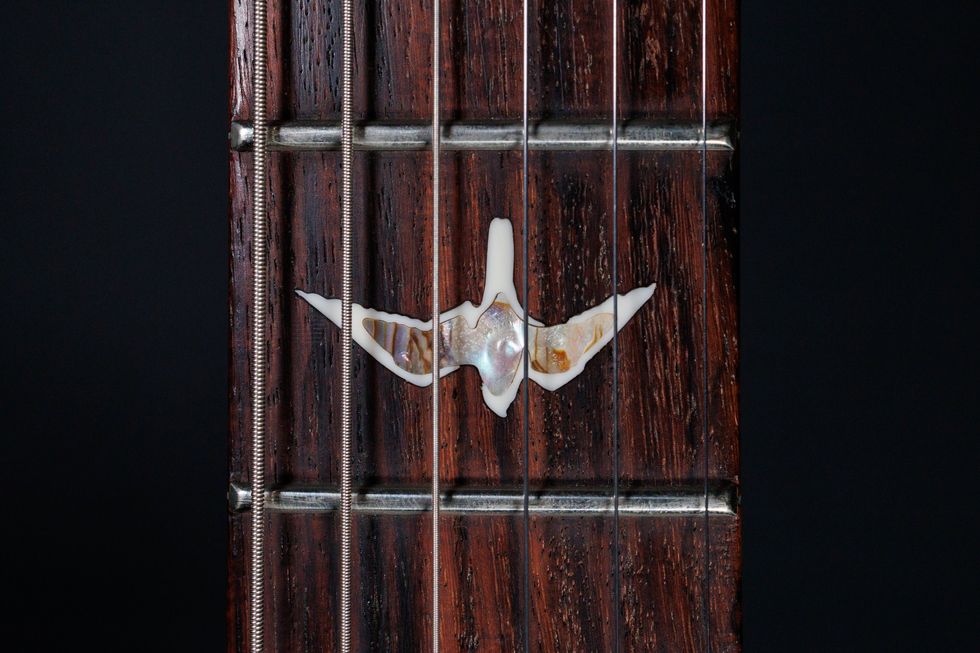Here’s some Rickenbacker history you might enjoy—especially if you’re a fan of the company’s Fireglo works of art. F.C. Hall, the owner of Radio & Television Equipment Co. (Radio-Tel), purchased the Electro String Company from Adolph Rickenbacker in 1953. Hall revamped the business to focus on standard electric guitars rather than the steel guitars the company began producing in the early 1930s, such as the historic “Frying Pan” lap model.
These new electric guitars were slow sellers at first, but they continued to increase in popularity as the 1950s progressed. By early 1954, German guitar maker Roger Rossmeisl was hired as head of the woodshop, overseeing design and production. He concentrated on solidbody guitars for the first few years, giving them a unique European look that set Rickenbackers apart from other brands.
By 1958, Rossmeisl began work on a new group of semi-hollow electric guitars called the Capri Series (after Hall’s family cat). The series consisted of 12 models: the small-bodied three-quarter-sized 310, 315, 320, and 325; the standard full-sized 330, 335, 340, and 345; and the deluxe full-sized 360, 365, 370, and 375. Models ending in zero had no vibrato, while those ending in the number five did. The bodies for these guitars started as a solid block of wood, which was then hollowed out from the underside, with a separate back later attached. The vibrato-equipped instruments originally had Kauffman Vib-Rolas, but those were switched in 1960 to the more efficient Accent vibrato developed by Paul Butts, who also developed the Gibson Maestro Vibrola. By 1961, Rossmeisl had modified the original 2"-thick design to the 1 1/2" thickness that remains standard for the 330 series today.
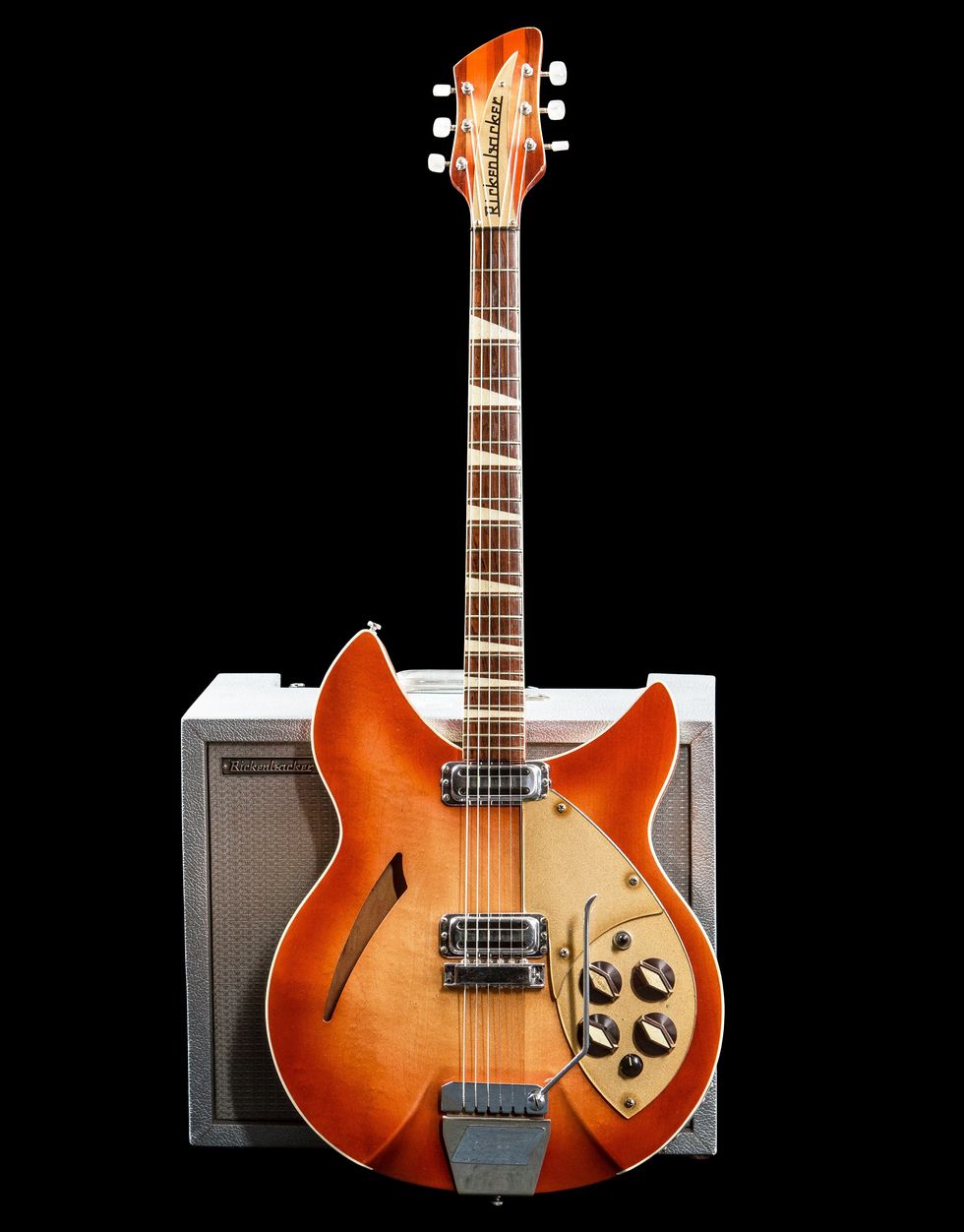
A potent tone combination: a 1963 Rickenbacker 365 with one of the company’s early 1960s B9A amps.
The 1963 guitar featured this month has the characteristics common to deluxe-series 365 models before they were reshaped again in 1964. These include a bound maple neck, a gloss-finished rosewood fretboard with large triangle-shaped inlays, two “toaster”-style single-coil pickups, a maple body with a bound top and back, a slash soundhole, and an Accent vibrato tailpiece.
This Fireglo finished guitar has a gold Lucite truss rod cover, with a matching two-layer pickguard (white plastic was used after 1963). Four diamond-shaped “oven” knobs control the volume and tone of each pickup, while the smaller blend control knob subtly balances the sound from each pickup when the switch is in the middle position. The original list price was $309.50. The current value for one in excellent, all-original condition is $5,000.
“The bodies for these guitars started as a solid block of wood, which was then hollowed out from the underside, with a separate back later attached.”
The amp behind the guitar is an early 1960s Rickenbacker B9A. It is equipped with tremolo, and pushes 6 watts through a 12" speaker. The current value for the amp is $700.
Sources for this article include Rickenbacker Electric 12-String: The Story of the Guitars, the Music, and the Great Players, by Tony Bacon; The History of Rickenbacker Guitars, by Richard R. Smith; The Rickenbacker Book: A Complete History of Rickenbacker Electric Guitars, by Tony Bacon and Paul Day; and Rickenbacker Guitars: Out of the Frying Pan into the Fireglo, by Martin Kelly and Paul Kelly.
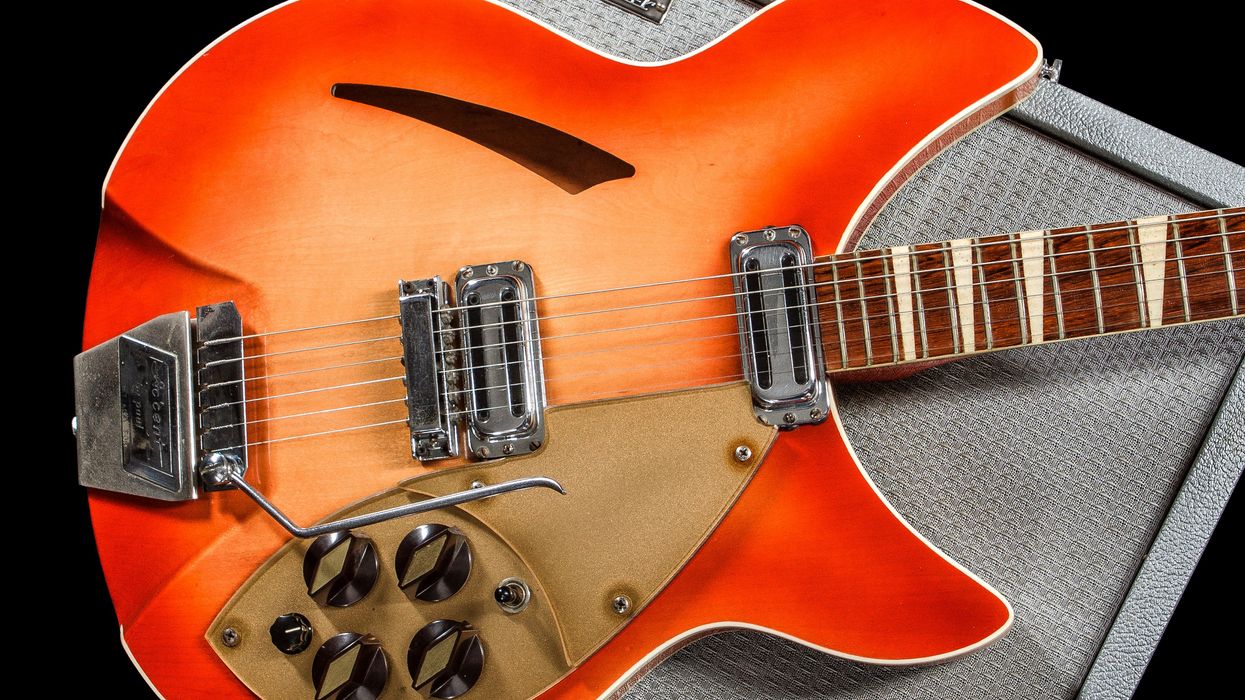
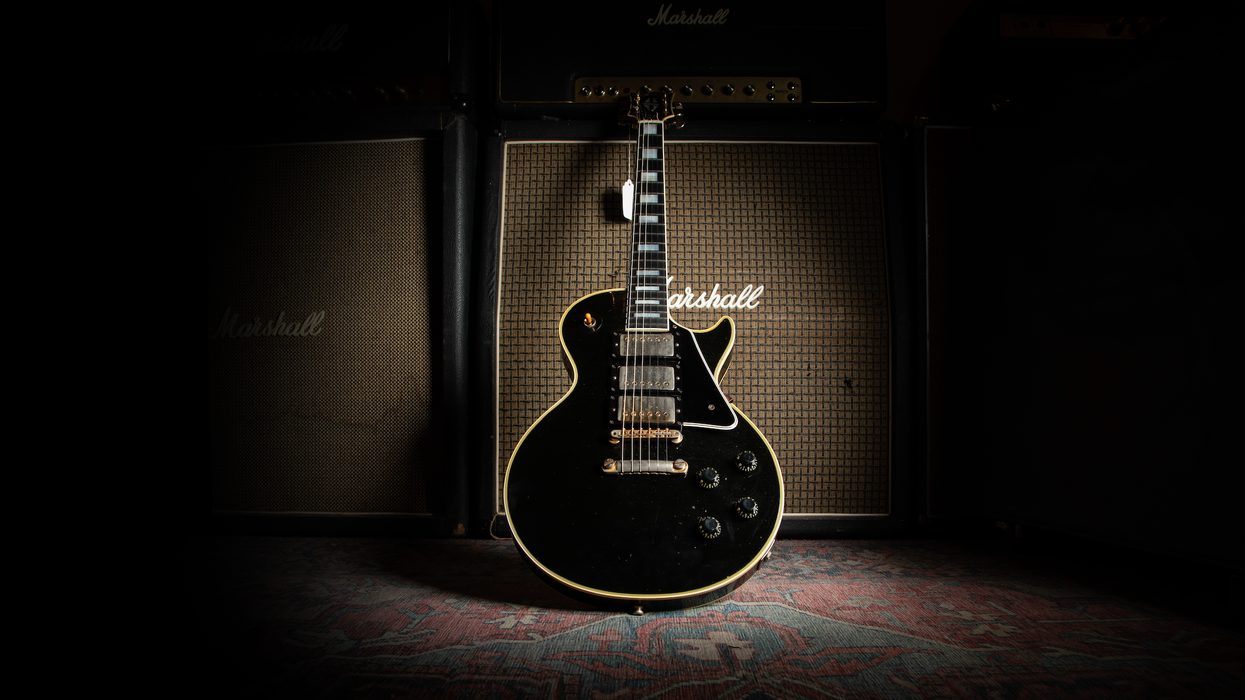
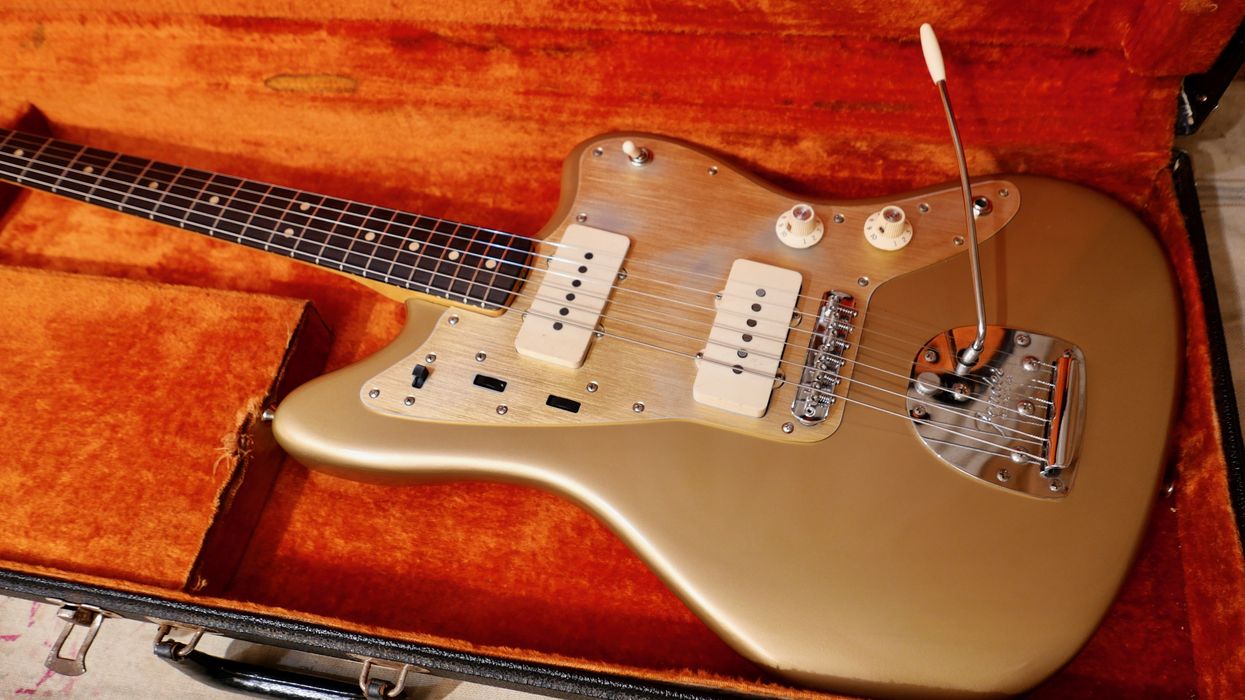
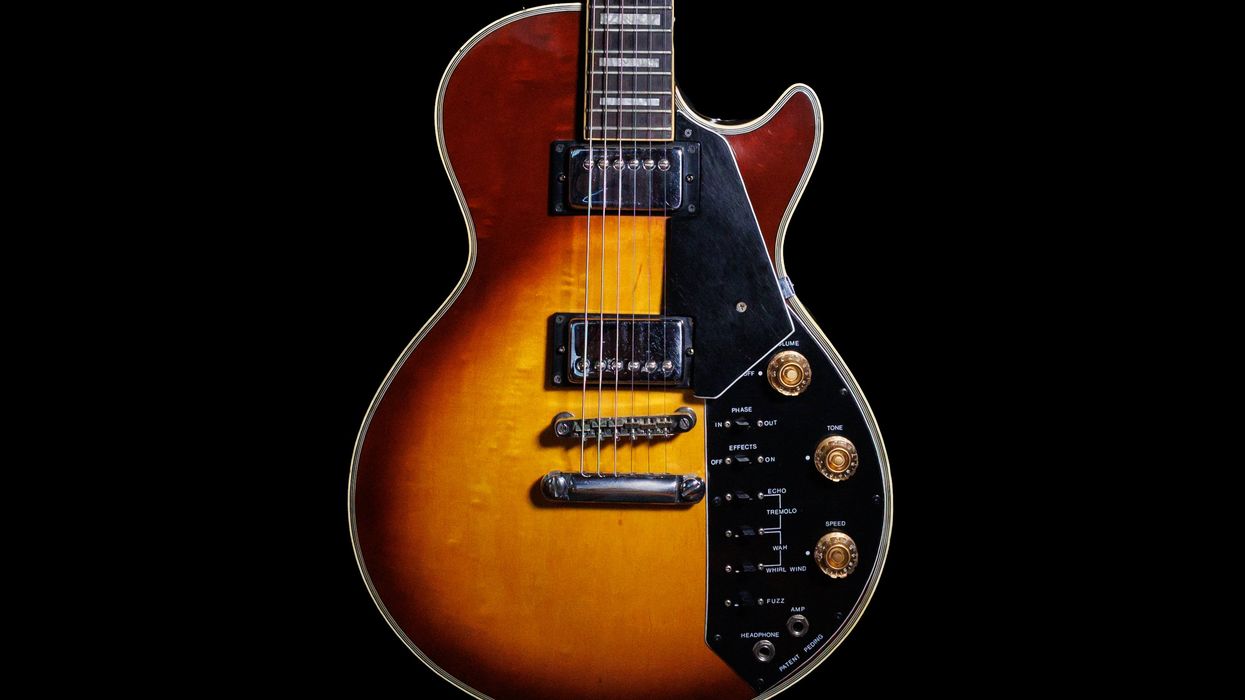

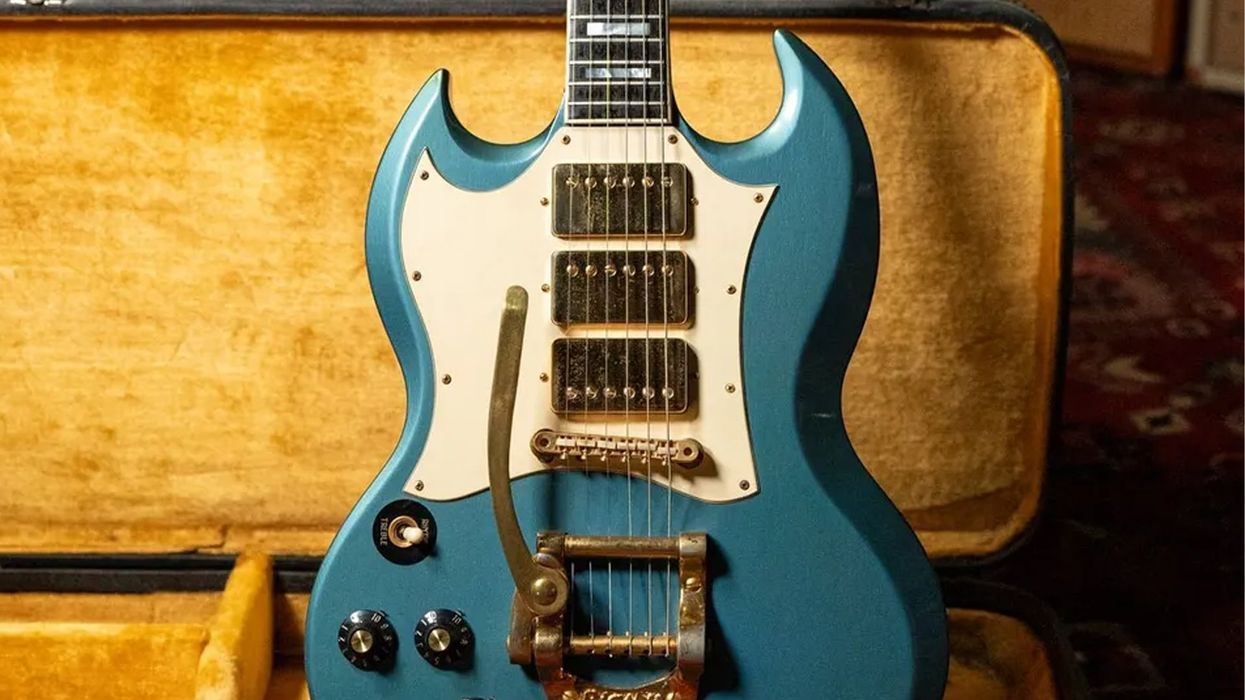

 Whether or not Jimi Hendrix actually played this guitar might come down to how lucky its buyer feels.Photo courtesy of Imperial Vintage Guitars Reverb Shop
Whether or not Jimi Hendrix actually played this guitar might come down to how lucky its buyer feels.Photo courtesy of Imperial Vintage Guitars Reverb Shop

![Devon Eisenbarger [Katy Perry] Rig Rundown](https://www.premierguitar.com/media-library/youtube.jpg?id=61774583&width=1245&height=700&quality=70&coordinates=0%2C0%2C0%2C0)



